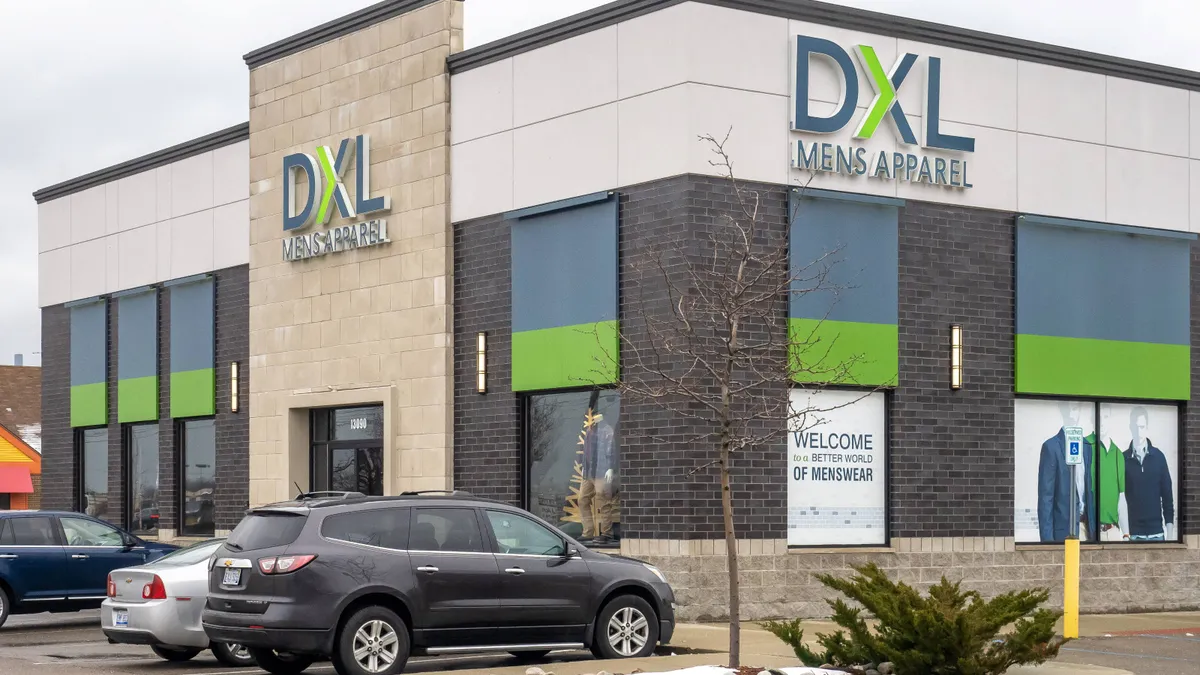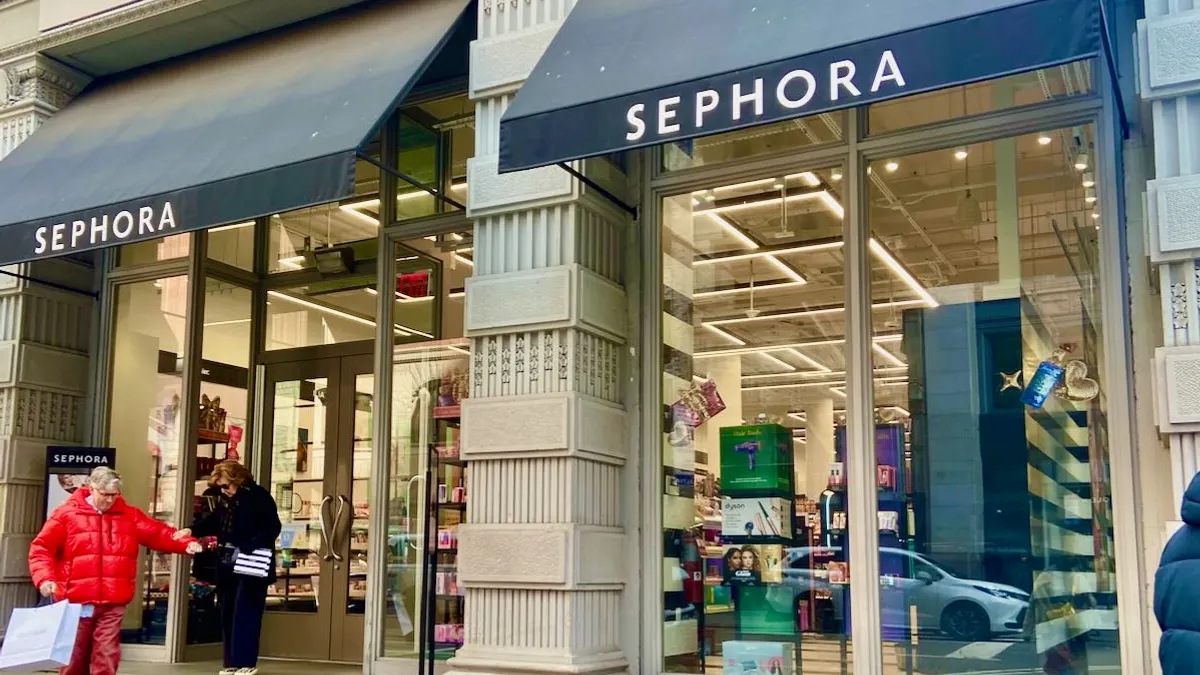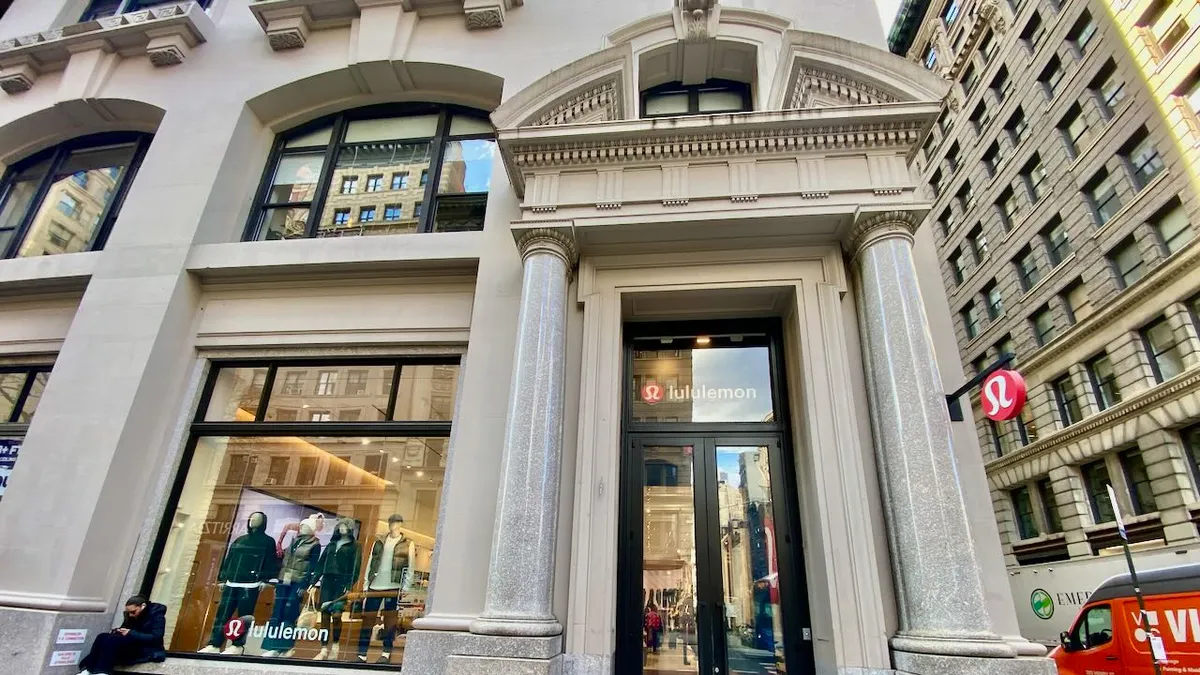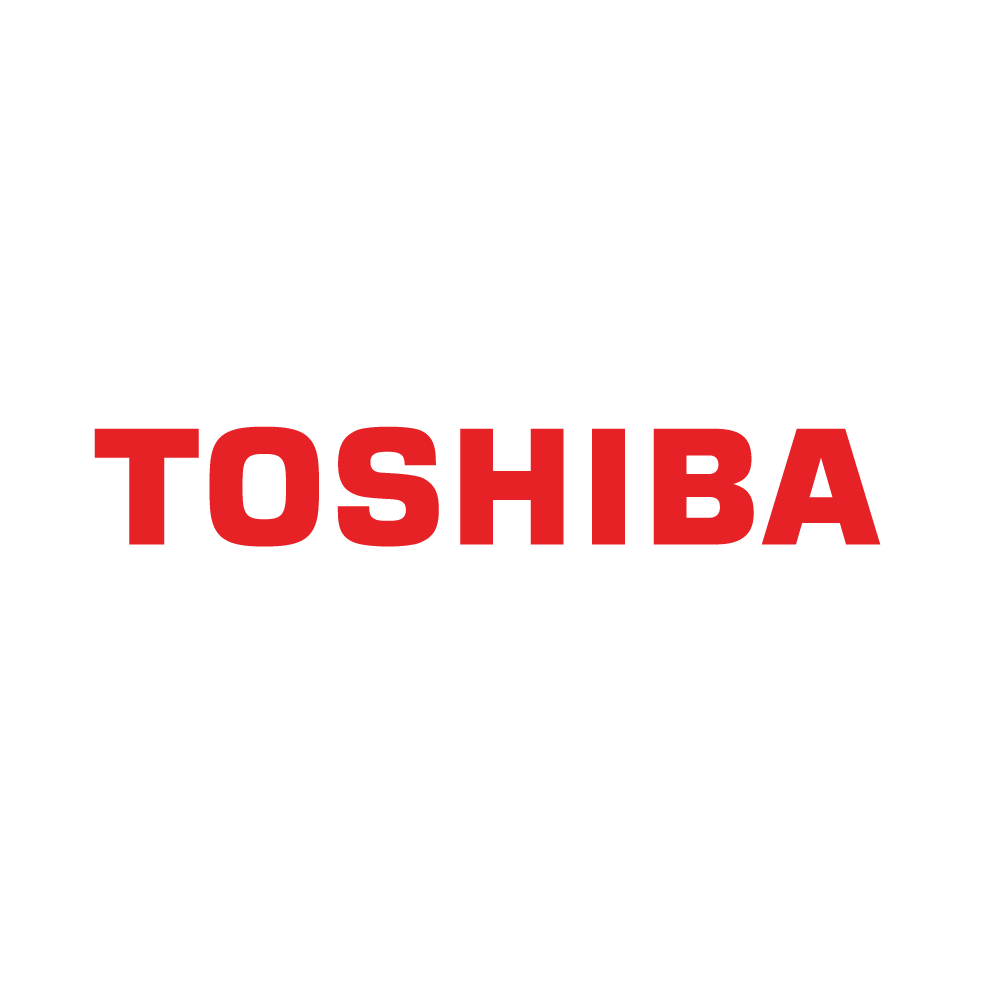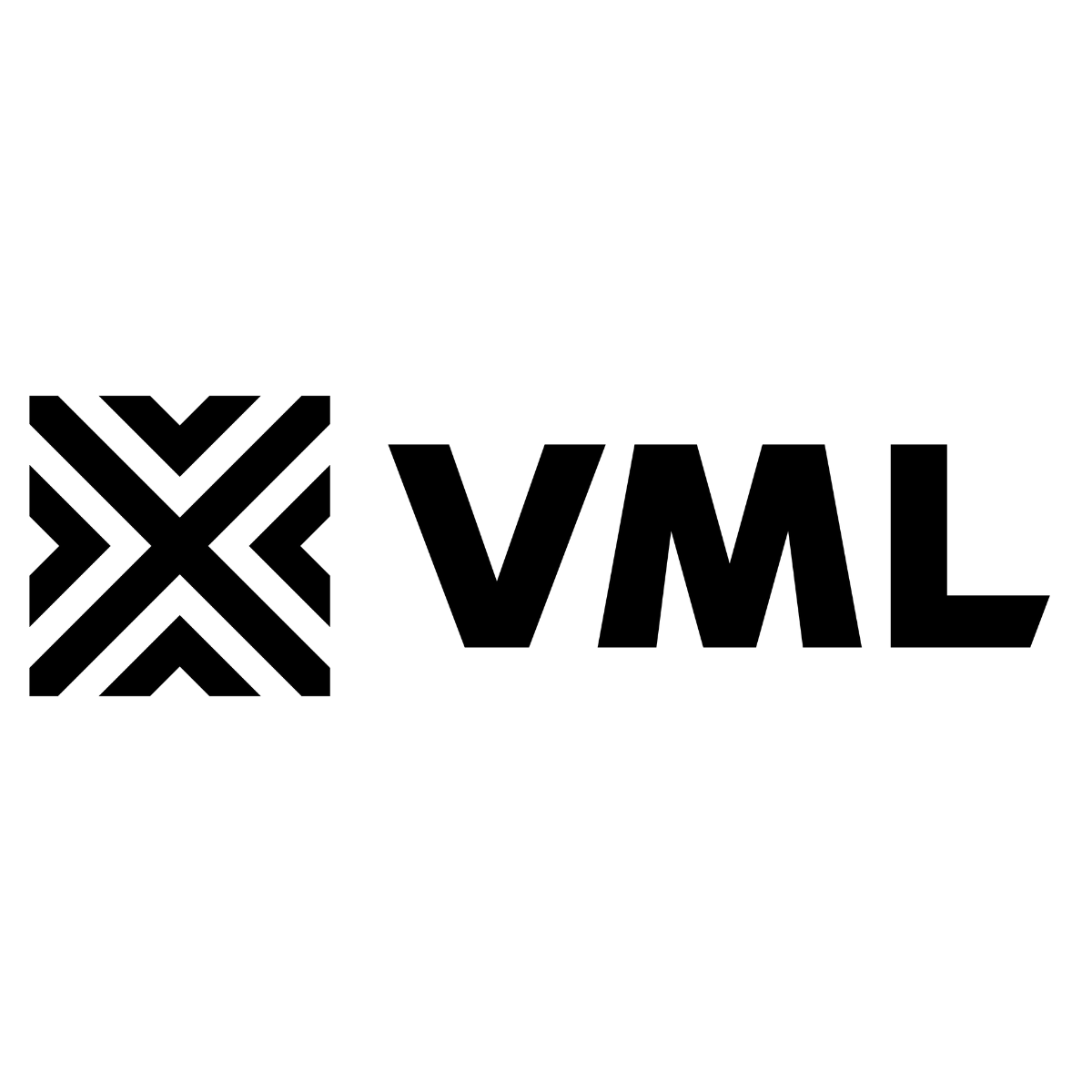Editor's note: The following is a guest post from Hannah Hale, director of product strategy and innovation at Lucky Brand.
In an age of unlimited choice, immediate access and shifting trends, many retailers are asking themselves the same question — how do we make more products that our customers love with greater speed and accuracy? Turns out our customers have the answers, but we have to ask the questions.
Brands can no longer assume they can dictate trends. The customer has the ultimate access to products when, where and at the price they want to pay. Because of these factors, it has become increasingly important for retailers to shift from a “Push Model” — where the retailer assumes they know what the customer wants — to a “Pull Model” — where the customer tells us what they want.
Like many brands, the top 10% of Lucky Brand customers comprise a meaningful percentage of our revenue. We owe our business and brand success to these customers and because of this, it’s incredibly important that we listen to their needs and continue to provide them with relevant products that they love.
As it turns out, customers want to engage with their favorite brands as long as the experience is meaningful, relevant, fast and fun. According to research from Media Post, more than 80% of millennials want to co-create products with brands they love. Brands should leverage their own creative vision in combination with this willingness from customers to participate in the process. They can listen to what customers want, gain more insights and incorporate their feedback into a variety of everyday decisions.
Making smarter product decisions
Traditionally, companies thought about customer insights through the lens of marketing and great customer service. These aspects continue to be important, but we believe the scope extends much further. At Lucky, we are directly engaging customers to make more informed product decisions and invest in winning products with a data-driven approach and the help of a product intelligence platform.
Customer centricity and speed to market are two of Lucky Brand’s key strategies. By engaging our customers directly in key product development decisions, from systematically testing appetite for new categories and designs to analyzing which product attributes most drive purchase behavior, we can more accurately deliver on-trend, differentiated product in a speedy timeline. In addition, these insights allow us to learn more about our customer to drive continuous process improvement.
Traditional methods of engaging customers are costly and time-consuming, and often don’t truly represent a diverse customer base. The industry must leverage technology to adopt methods of gathering customer insights that are faster, more engaging, and actionable throughout the organization.
We have found a number of benefits to implementing more data-focused technology solutions:
1. Personalization and relevance: We have the ability to better understand customer preference for our assortment across a host of important demographic, psychographic and behavioral groupings. These insights are critical as we continue to segment our customers and cater to their specific needs.
2. Speed: The process is quick (24-hour turn around) and the tool is super easy for merchants to use. This enables our teams to make quicker and more confident product decisions.
3. Cost: As compared to traditional tests, the cost of implementing technology solutions is quite low. As we are thinking about entering new product categories, we can test our customer demand for a new product with very little up front investment in product development, and avoid the marketing expenses for focus groups or in-store testing.
The customer experience is highly visual, engaging, and built for today’s mobile customer since 80% of our customers give feedback through their smartphones. We engage consumers through email and social media and ask them to provide input on a series of products. Afterwards they’re redirected to our website. The entire process takes 60 seconds or less and we can interact with thousands of customers in minutes.
By making the process simple and extremely fast to provide feedback, we hear a more representative customer voice — the type of customer who loves our brand but is likely too busy to provide 15 minutes of feedback through a traditional survey or focus group. With this method, 98% of respondents say they want to give more feedback through the platform in the future — a testament to this methodology of customer-first data collection.
The benefits of engagement
By speaking directly to our customer, we have learned a lot of valuable demographic, as well as product based insights about our key segments. As we look to expand into new categories, product intelligence has also been helpful in understanding what the customer is looking for from an aesthetic, as well as occasion wearing point of view. For example, when testing new fabrics for a men’s tops category we got clear indication of preference for new vs. existing fabric options, giving our merchants confidence to invest in these SKUs across multiple colorways. Similarly when exploring purchase drivers for core women’s denim styles, we learned fit on the hips was by far the most important factor for our customers, invaluable feedback for our design team as they prepared for the upcoming seasons.
At Lucky Brand, we believe that better leveraging customer insights to make more informed product decisions is essential to running a more customer-centric business. Product intelligence platforms allow us to directly engage our customers and get the answers we need, making us smarter about the products we bring to market.
But the benefits of inviting customers to be part of the process go beyond the immediate business impacts of faster production cycles and more accurate sales plans. Brands also unlock a series of invaluable long-term customer benefits including loyalty, increased engagement, and creating a network of advocates. These customers feel closer to our brand and know that we are listening.







